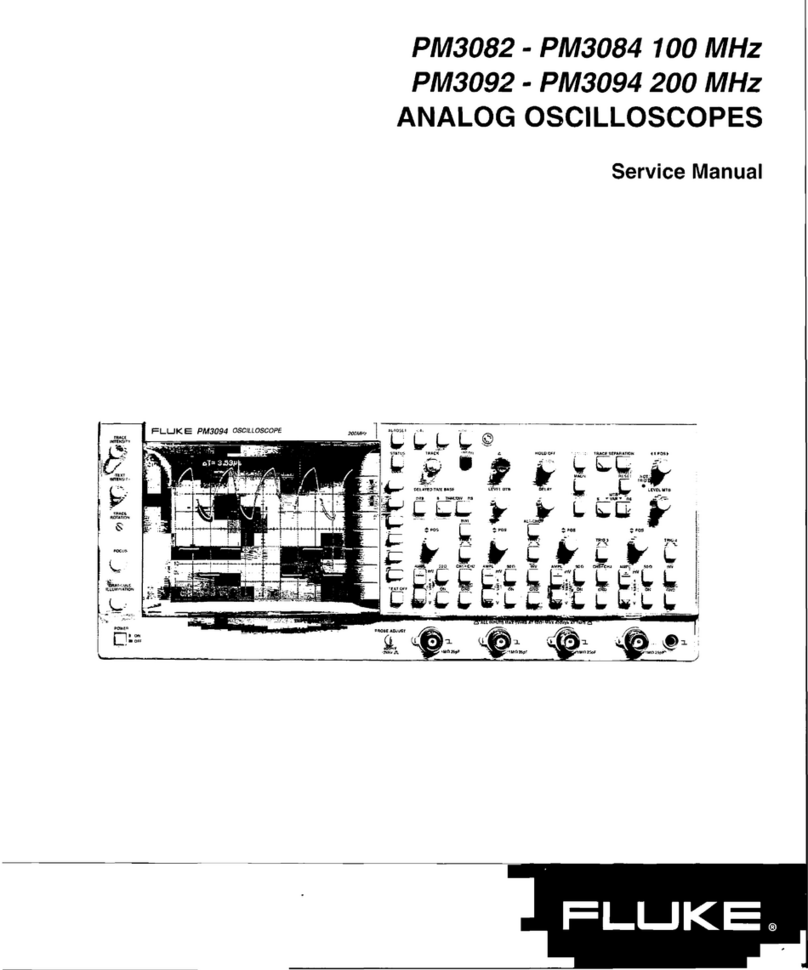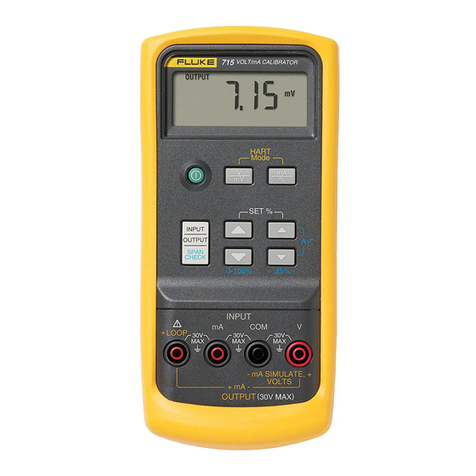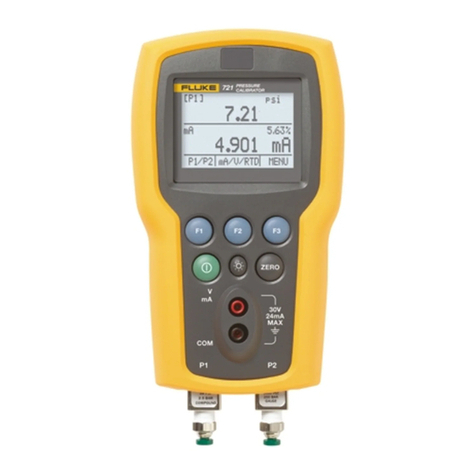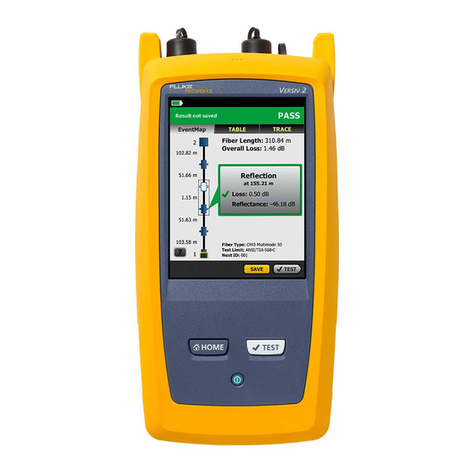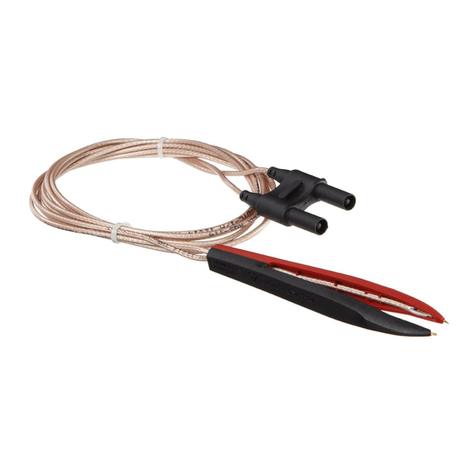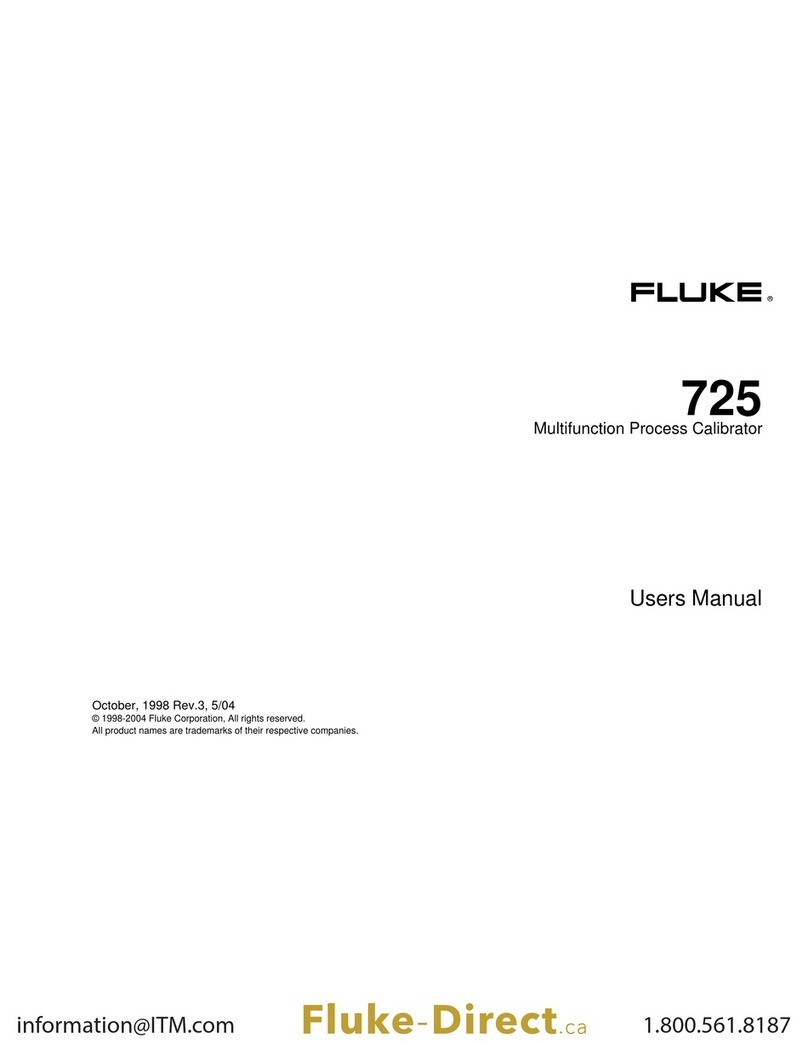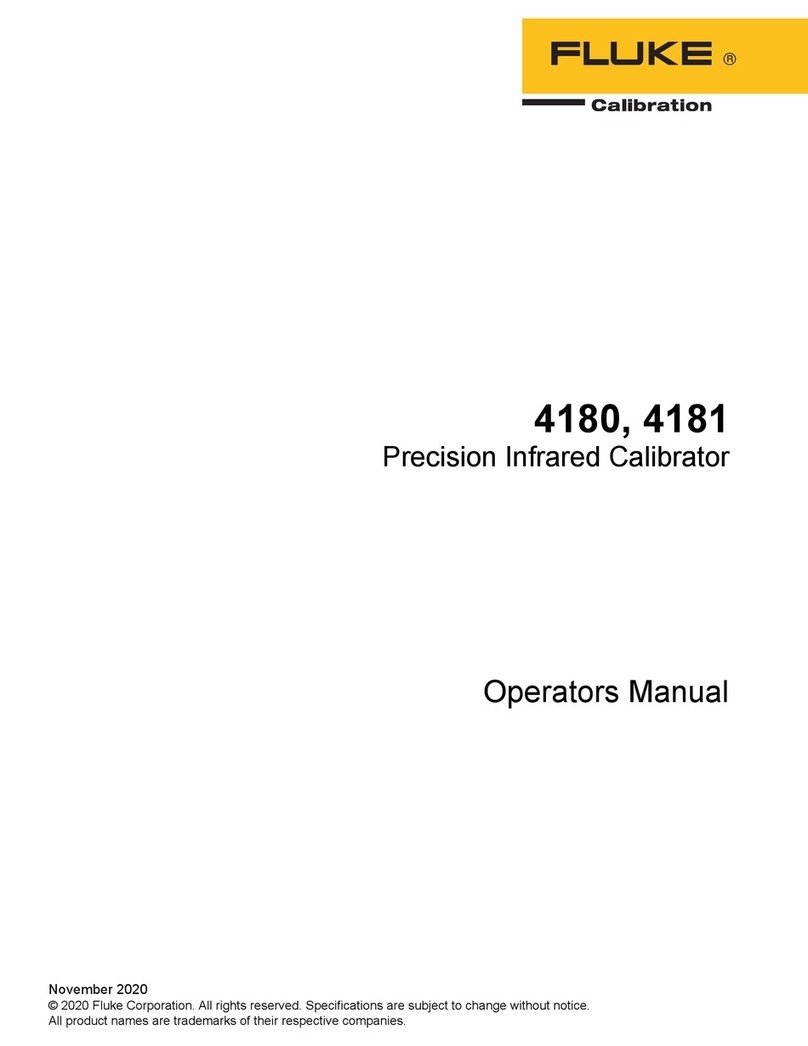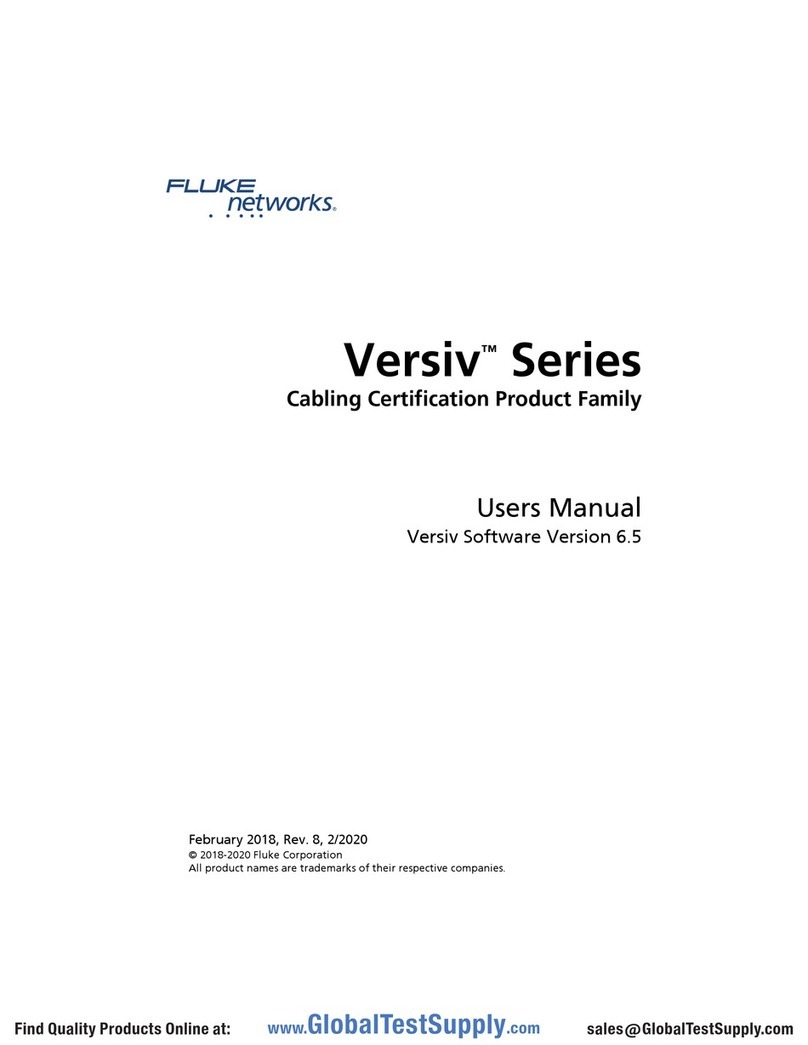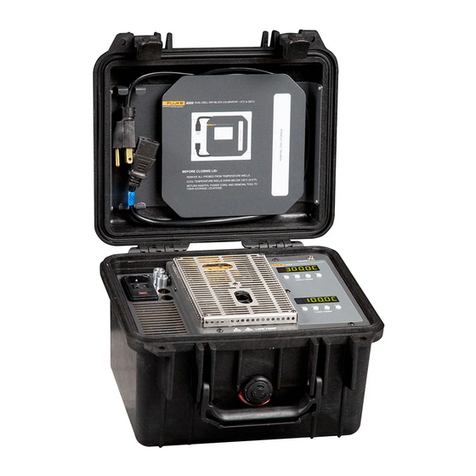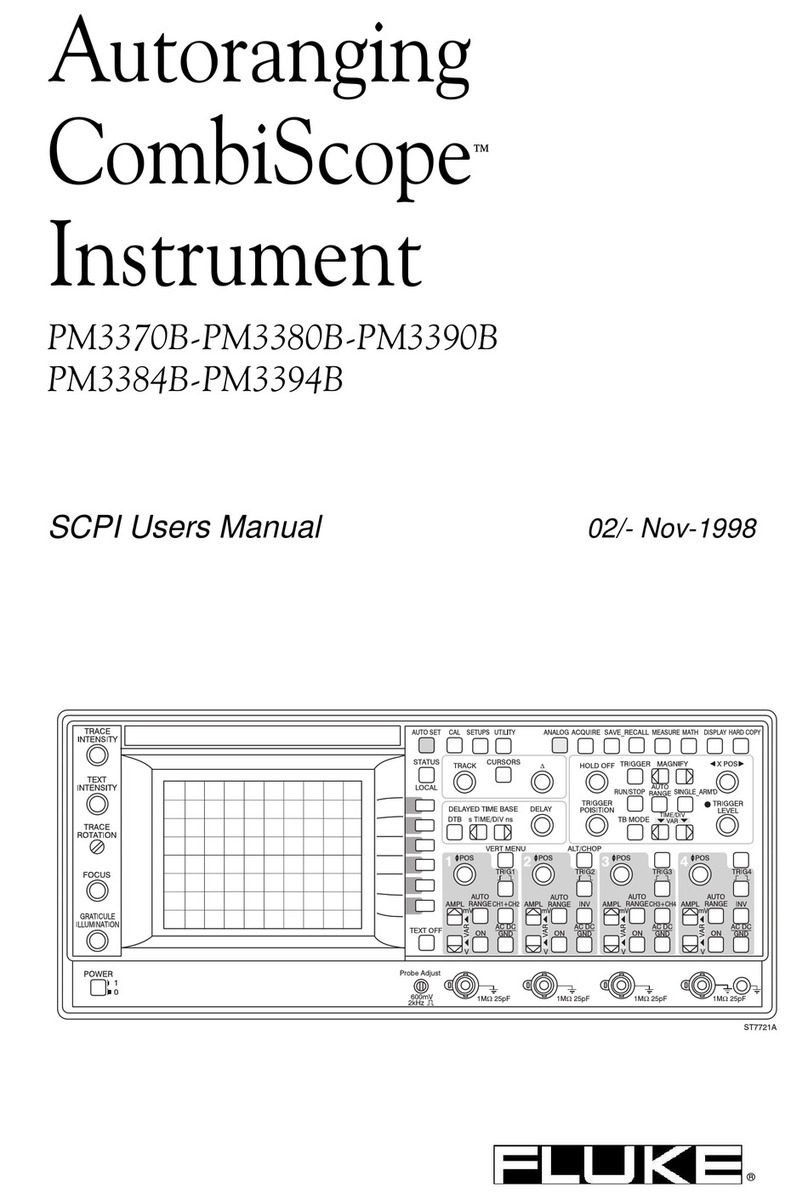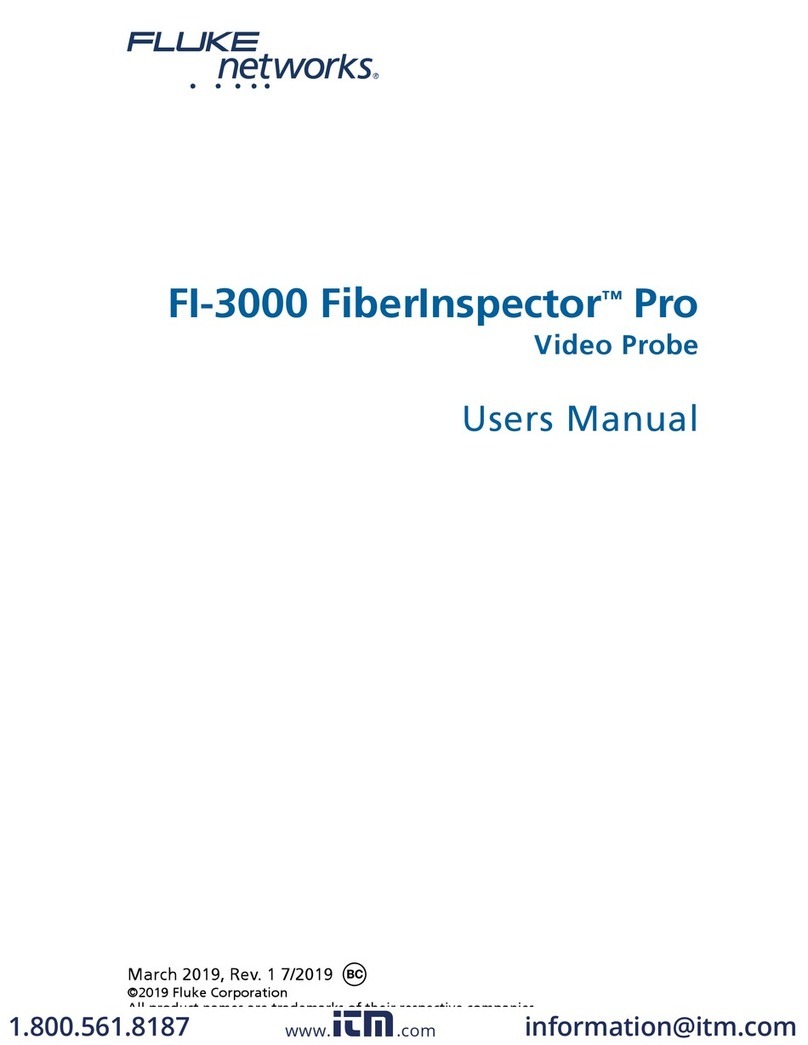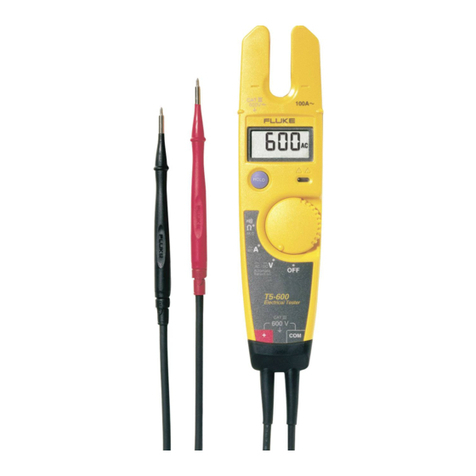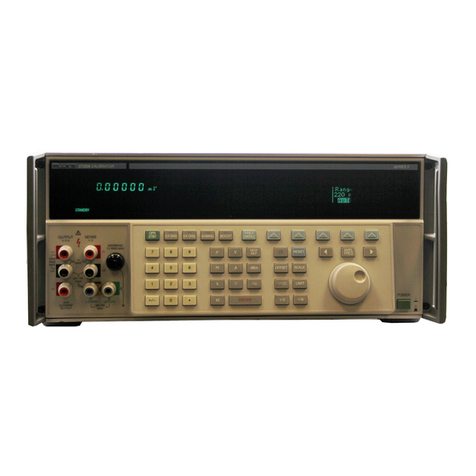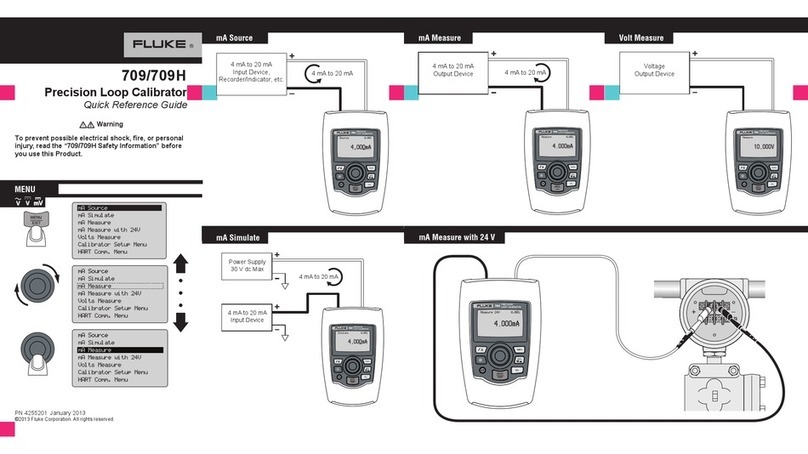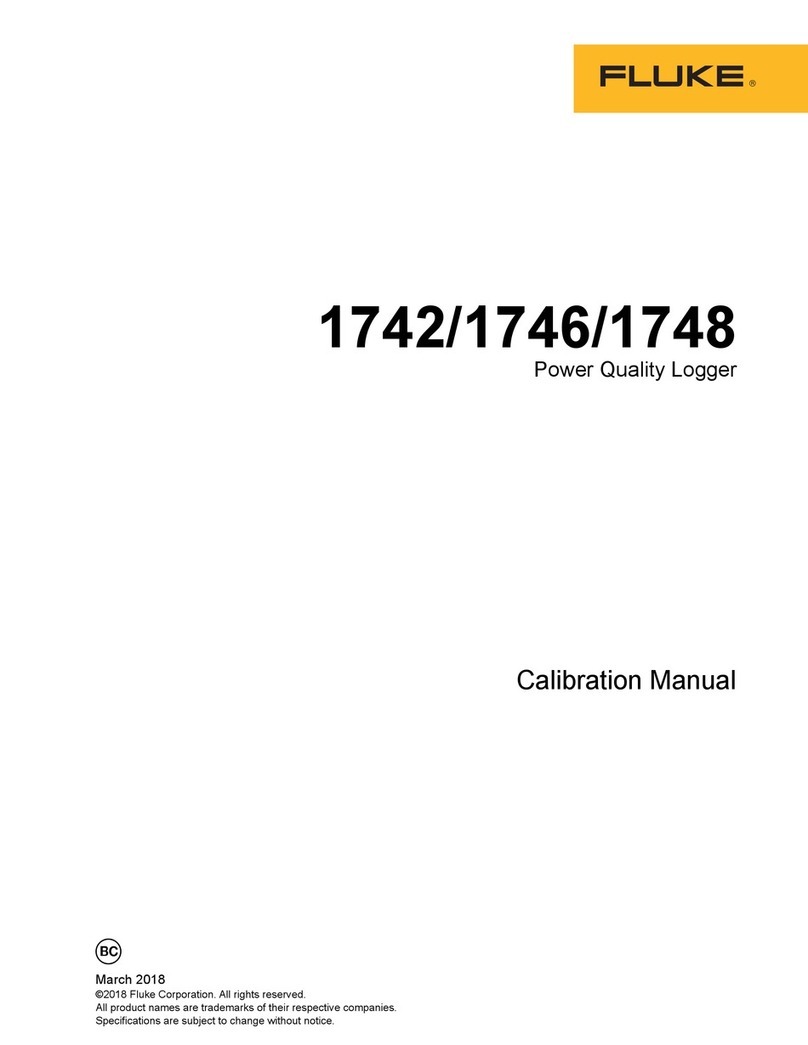
P3000 Series
Users Manual
ii
5 Maintenance & Servicing.................................................................... 5-1
Introduction........................................................................................................ 5-1
PCU Assembly — 10 mm Nominal Diameter — Pressure ............................... 5-1
Piston Disassembly........................................................................................ 5-1
Piston Cleaning.............................................................................................. 5-1
Piston Re-Assembly ...................................................................................... 5-2
Replacement PCU Assembly ........................................................................ 5-2
PCU Assembly — 10 mm Nominal Diameter — Vacuum ............................... 5-3
Piston Disassembly........................................................................................ 5-3
Piston Cleaning.............................................................................................. 5-3
Piston Re-Assembly ...................................................................................... 5-4
Replacement PCU Assembly ........................................................................ 5-4
PCU Assembly — 16 mm Nominal Diameter................................................... 5-5
Piston Disassembly........................................................................................ 5-5
Piston Cleaning.............................................................................................. 5-5
Piston Re-Assembly ...................................................................................... 5-6
Replacement PCU Assembly ........................................................................ 5-6
PCU Assembly — 22 mm Nominal Diameter................................................... 5-7
Piston Cleaning.............................................................................................. 5-7
Piston Re-Assembly ...................................................................................... 5-8
Replacement PCU Assembly ........................................................................ 5-8
Top Plate Removal............................................................................................. 5-9
Handpump Assembly......................................................................................... 5-10
Disassembly................................................................................................... 5-10
Cleaning and Inspection ................................................................................ 5-10
Re-Assembly ................................................................................................. 5-10
System Selector Valve ....................................................................................... 5-12
Disassembly................................................................................................... 5-12
Cleaning & Inspection................................................................................... 5-12
Re-Assembly ................................................................................................. 5-12
Safety Valve....................................................................................................... 5-13
Disassembly................................................................................................... 5-13
Re-Assembly ................................................................................................. 5-13
6 Fault Finding........................................................................................ 6-1
Poor PCU Spin/Sensitivity................................................................................. 6-1
System Will Not Pressurize ............................................................................... 6-1
High PCU Fall-Rate ...................................................................................... 6-2
Handpump Malfunction................................................................................. 6-2
7 Storage & Transportation ................................................................... 7-1
Instrument .......................................................................................................... 7-1
Weights .............................................................................................................. 7-1
8 Ancillary Equipment............................................................................ 8-1
Dirt/Moisture Trap, P5531................................................................................. 8-1
Angle Adapter, P5543........................................................................................ 8-2
Pointer Remover/Punch, P5551......................................................................... 8-2
www. .com information@itm.com1.800.561.8187
